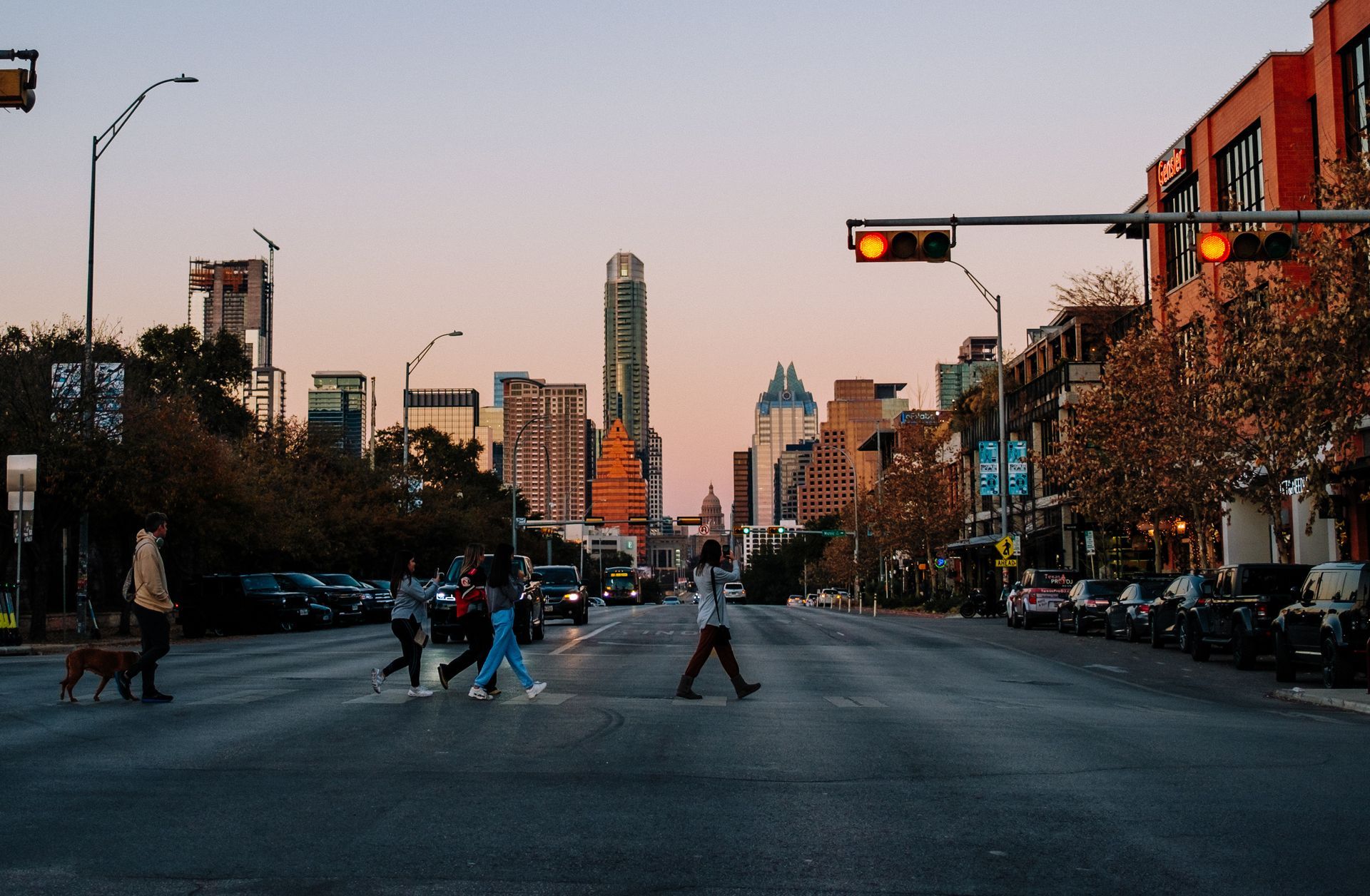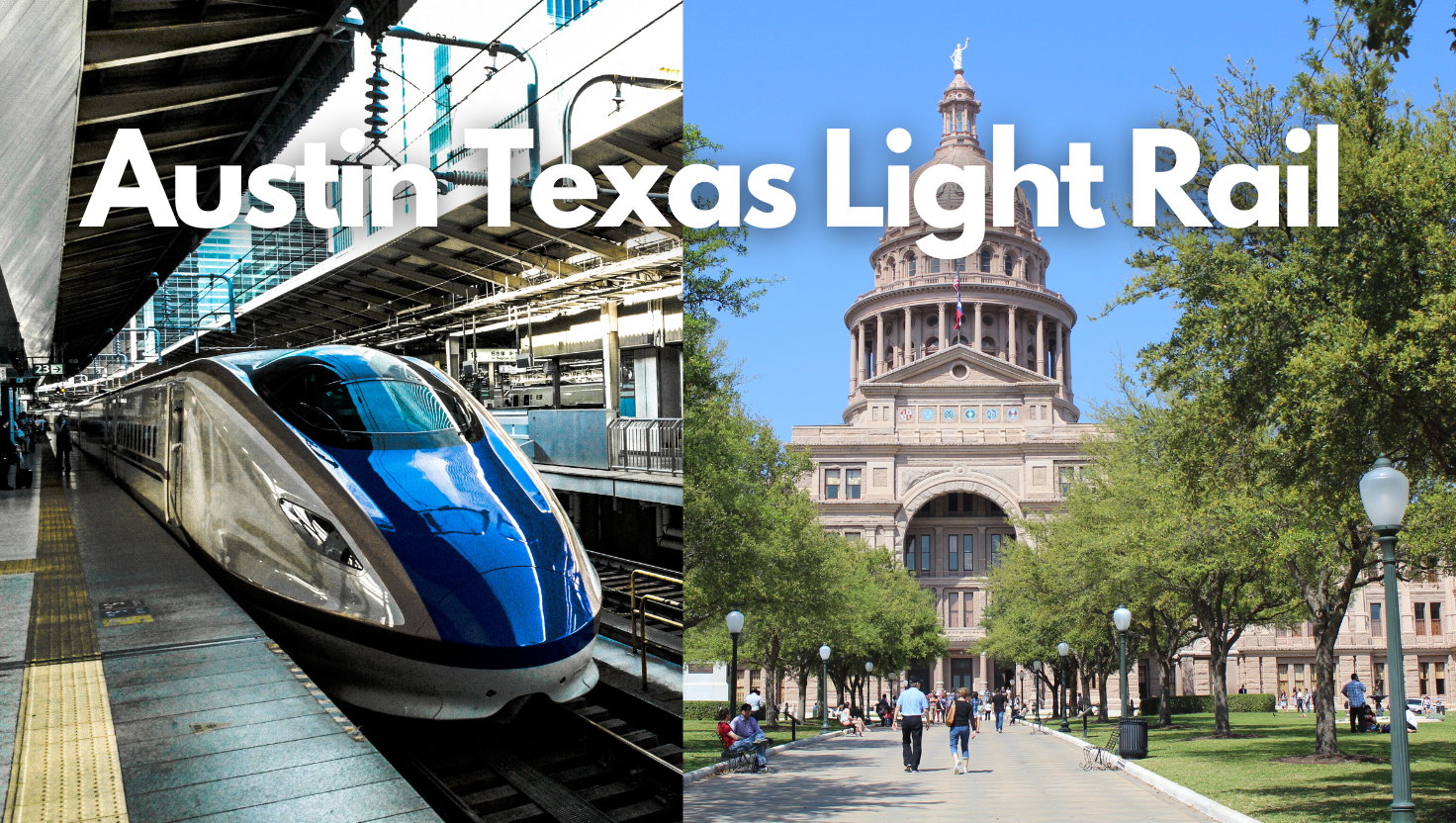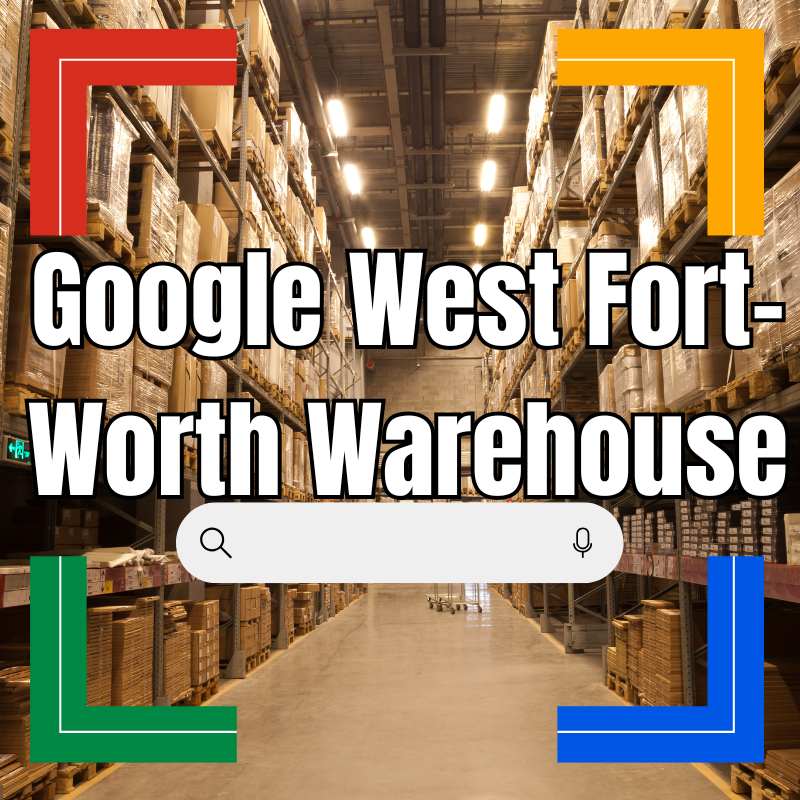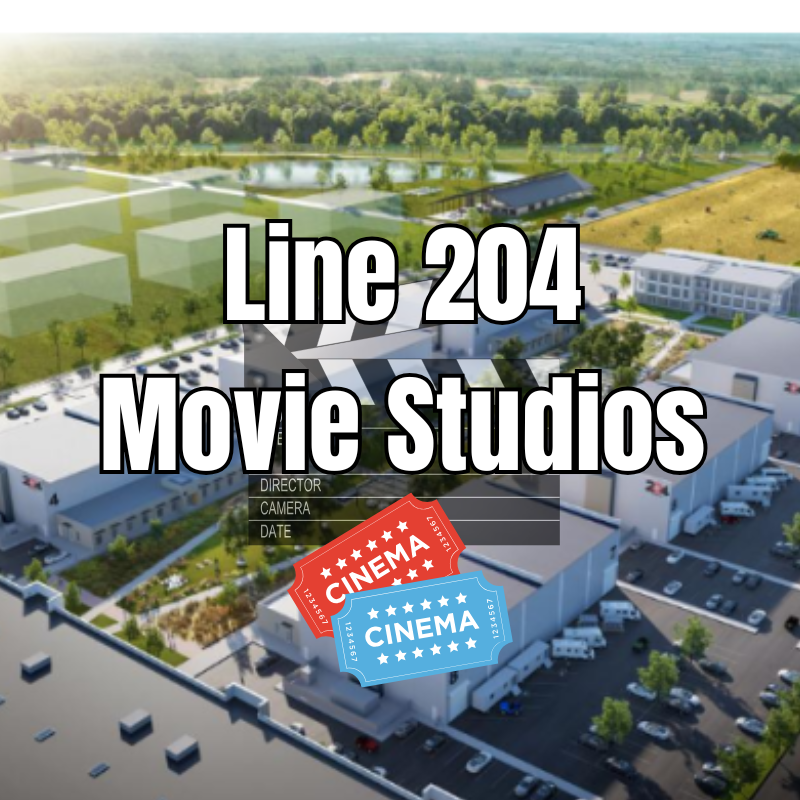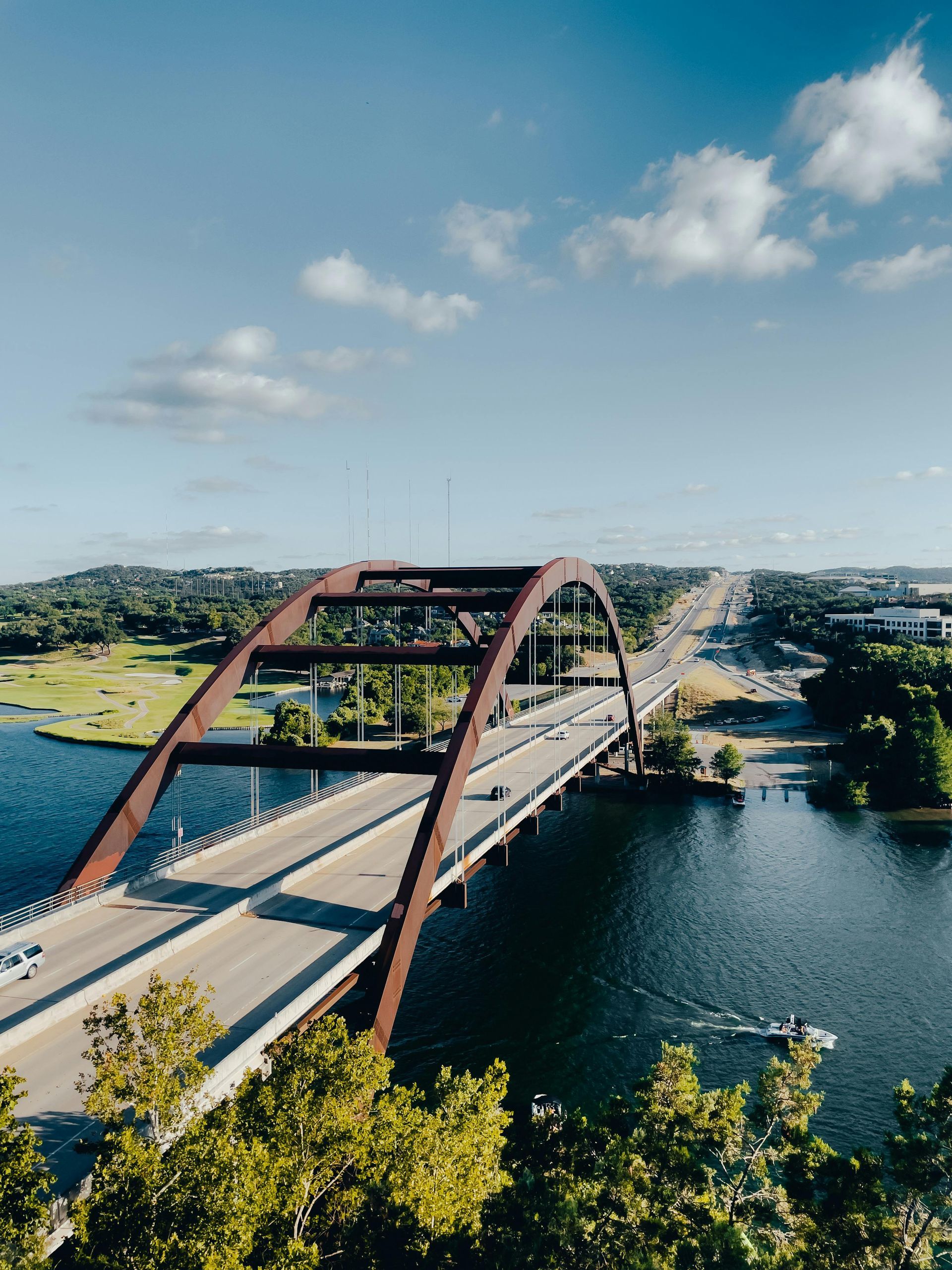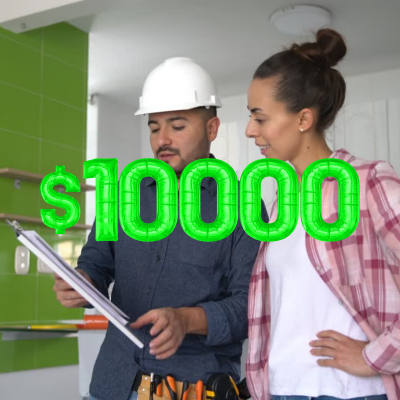Mclane Company Expands It Presence With New Austin Tech Hub
McLane Company, a leading U.S. supply chain services provider, has launched a new technology hub in Austin,
Texas, to drive its digital transformation and AI strategy. Announced on August 27, 2025, this expansion taps into Austin’s thriving tech ecosystem to enhance logistics, supply chain efficiency, and customer experiences.
Employing around 100 specialists in AI, data, cyber, and cloud engineering, the hub positions McLane to innovate in a competitive market.
McLane Company’s Strategic Expansion
A Leap Toward Digital Transformation in Texas
McLane Company, a Temple, Texas-based distributor serving major retail and restaurant brands like Walmart and Taco Bell, is doubling down on technology with its new Austin tech hub. This strategic move, announced in August 2025, reflects McLane’s commitment to integrating advanced digital solutions into its supply chain operations. Austin’s vibrant tech scene, fueled by talent from the University of Texas and a culture of innovation, makes it the ideal location for this expansion.
Why It Matters
The hub aligns with McLane’s goal to enhance efficiency and customer service through AI and data-driven solutions. With the U.S. logistics tech market projected to grow to $108 billion by 2030, per Statista, McLane’s investment positions it as a leader in a rapidly evolving industry, per chron.com.
Research Insight: Logistics tech adoption increased 25% in 2024, per McKinsey.
New Austin Tech Hub A Hub for Innovation
The Austin tech hub, opened in August 2025, is designed to foster collaboration and innovation, housing approximately 100 employees in roles spanning AI, data analytics, cybersecurity, and cloud engineering. Unlike McLane’s traditional logistics sites, the hub features open spaces, laptops, and live freight map displays, creating a tech-startup atmosphere, per thelogisticnews.com.
Economic and Strategic Impact
Led by Chief Information & Digital Officer Murat Genc, who joined in September 2024, the hub supports McLane’s digital transformation strategy, focusing on frictionless experiences, automation, and real-time visibility.
Research Insight: The hub will contribute $10 million annually to Austin’s economy, per Austin Chamber estimates.
Austin’s status as a tech epicenter, with over 7,000 tech firms and a talent pool from the University of Texas, made it a natural choice. The city’s 20% tech job growth in 2024, per LinkedIn, offers McLane access to engineers skilled in AI and cloud computing.
Research Insight: Austin ranks #1 for tech talent retention, per CBRE 2025.
Expected Benefits and Impact on the Local Economy
Job Creation and Economic Boost
The hub will employ 100 specialists, creating high-paying jobs in AI, data, and cybersecurity. This influx is expected to stimulate Austin’s economy, increasing demand for local services like dining and real estate.
Attracting Tech Investment
McLane’s presence, backed by Warren Buffett’s Berkshire Hathaway, enhances Austin’s reputation as a tech hub, potentially drawing more startups and investment. The hub could generate a $15 million economic multiplier effect, per Austin Economic Development, per finance.yahoo.com.
Research Insight: Tech hubs in Austin added 5,000 jobs in 2024, per Texas Workforce Commission.
Innovations and Technologies to Be Developed at the Tech Hub
Automation technologies, like robotics for warehousing, will streamline order fulfillment, cutting lead times by 15%, per McLane estimates. The hub will also develop customer-facing platforms for real-time tracking, per cspdailynews.com.
Research Insight: AI logistics tools can save 20% in operational costs, per Deloitte 2025.
Future Plans and Long-Term Vision for McLane Company in Austin
A Blueprint for Tech-Driven Logistics
McLane’s long-term vision is to make the Austin hub a center for tech excellence, pioneering AI and automation solutions for its 80+ U.S. distribution centers. The hub will collaborate with local startups and universities to stay ahead of industry trends.
The hub’s innovations, like AI route optimization, will serve as a model for McLane’s national operations, aiming to reduce logistics costs by 10% by 2030.

